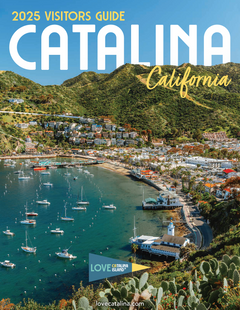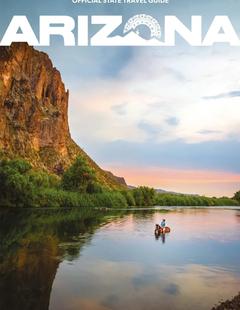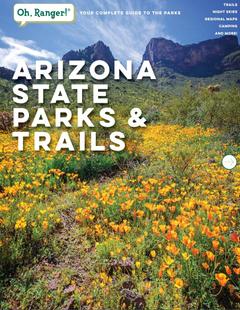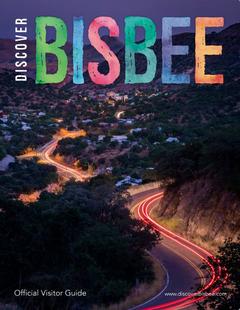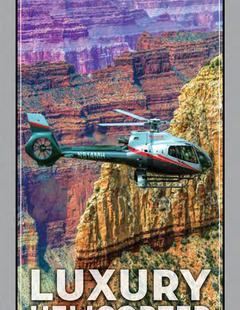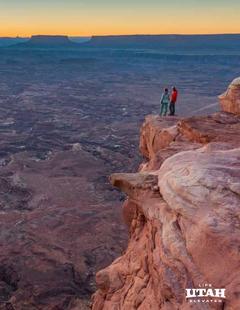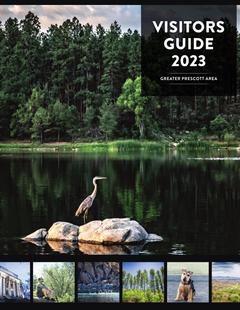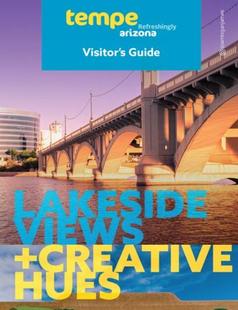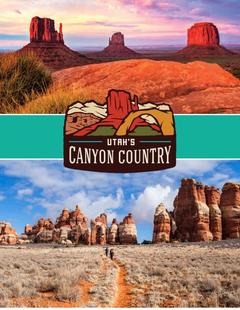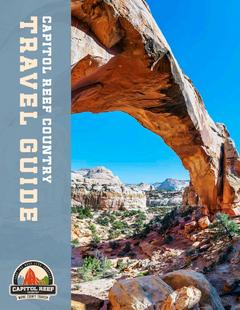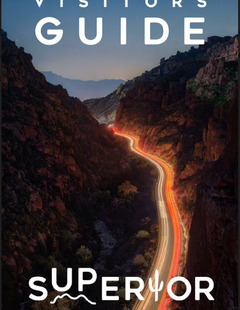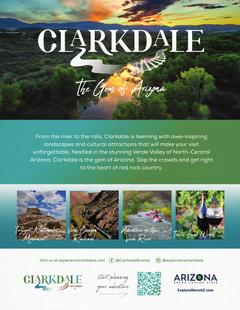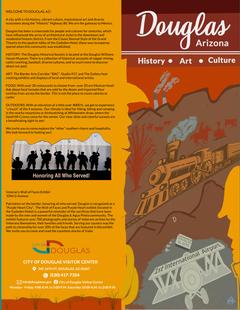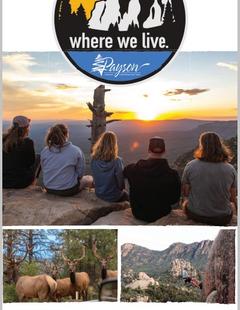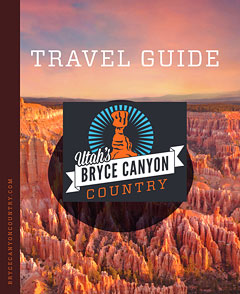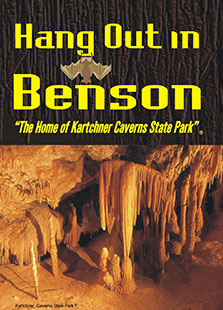Contact Info
- Phone:
- 520-398-2252
Basics
- Location:
- 45 miles south of Tucson off I-19
- Type:
- Historical Site,
State Parks
- Elevation:
- 3,500 feet feet
Description
The Catholic church and the military were the vanguards of Spanish frontier expansion throughout New Spain. The Jesuit, Eusebio Francisco Kino, established missions from 1687 to 1711 to christianize and control Native Americans in the area. He established nearby Tumacacori in 1691, and Tubac, then a small Piman village, became a mission farm and ranch. Spanish Colonists began to settle here during the 1730s, irrigating and farming the lands along the river and raising cattle, sheep and goats on the northern frontier of Spain's New World empire.
Luis of Saric, a Pima chief stirred by many grievances, led a bloody revolt late in 1751, destroying the small settlement at Tubac. Following a major battle, and subsequent surrender of the Pimans, the Presidio San Ignacio de Tubac was founded in June of 1752. The fifty cavalrymen garrisoned at this remote military post were to prevent further rebellion, protect colonists and the mission, and further explore the Southwest.
Juan Bautista de Anza II, second commander of the presidio, led two overland expeditions to the Pacific, resulting in the founding of San Francisco, in 1776. Several hundred colonists from the provinces of Sinaloa and Sonora, along with sixty from Tubac, made the trip. Over 1,000 head of cattle, horses and mules were also gathered to transport food supplies and tools, provide food on the journey and establish new herds once the colonists settled at their new home on the Pacific.
Following Anza's return to Tubac, military authorities moved the garrison from Tubac to Tucson in 1776, and the unprotected settlers abandoned their homes.
For a decade, Tubac languished from Apache depredation and without military protection. The situation finally resulted in the Viceroy's reactivating the presidio in 1787, this time with Pima Indian troops and Spanish officers. Mexico won her independence from Spain in 1821 and the new Republic of Mexico's flag flew over Tubac until 1848. In that year, a fierce Apache assault caused great loss of life and Tubac was again abandoned. This catastrophe, coupled with the drain of men leaving for the gold fields of California in 1849, turned Tubac into a virtual ghost town.
Tubac was part of the Gadsden Purchase of 1853, and was soon being resettled and developed by Eastern entrepreneurs as well as by former landowners. Charles D. Poston was instrumental in forming the Sonora Exploring and Mining Company, and used the abandoned Commandant's house as his headquarters. He performed marriages, granted divorces, baptized children and printed his own money to pay company employees. His company acquired a press in 1859 which printed Arizona's first newspaper.
Tubac's population steadily grew until, in 1860, it was the largest town in Arizona. The American Civil War, however, drained the region of troops, leaving it unprotected from Apaches, and Tubac was again deserted. Although the region was resettled after the war, silver strikes in the Tombstone area and the routing of the railroad through Tucson drew development interests away from Tubac, and the town never regained its earlier importance.
In 1974, archaeologists from the University of Arizona excavated portions of the presidio. In 1976, an underground archaeological display was finished and visitors can now view portions of the original foundation, walls, and plaza floor of the 1752 Commandant's quarters, as well as artifacts representing the various periods of Tubac's unique history.
Two later military installations existed at Tubac. Troop "L" of the 1st California Cavalry established a post in April 1864 and a US Army presence existed until at least October 1867, when reports list seven officers and 237 enlisted men.
One unique military experiment, the heliograph, was a device using mirrors and reflected sunlight. General Nelson A. Miles, in his campaign against the Apache in the 1880's reported that "they (the Apaches) had found troops in every valley, and when they saw heliographic signals flashing across every mountain range, Geronimo and others sent word to Natchez that he had better come in at once and surrender." Tubac was one of the permanent stations in the system including Forts Rucker, Crittenden, Henly and Bowie.
Hours + Fees
Hours:
Season:
Amenities
Amenities:
Modern Restrooms














